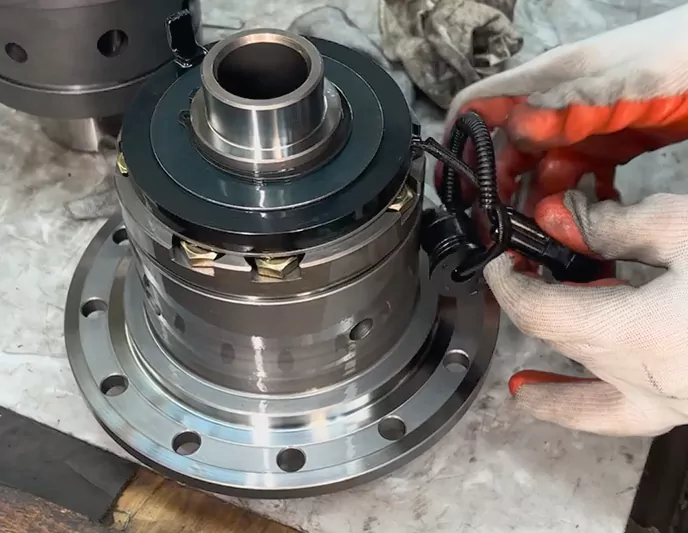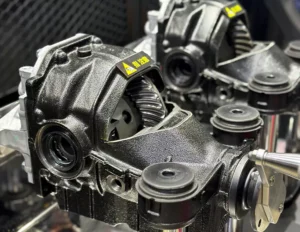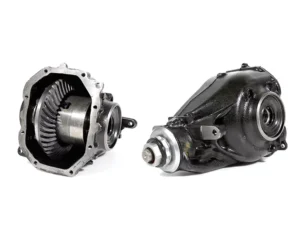Differential locking mechanisms have dramatically evolved, becoming essential for modern vehicles to tackle diverse terrains. From early mechanical designs to advanced electronic systems, these technologies have changed how power is delivered to wheels, significantly improving traction and control.

The Problem with Open Differentials
Early vehicles relied on open differentials, which allowed wheels to spin at different speeds during turns for smoother handling. However, these systems had a major drawback: if one wheel lost traction, all the torque would be sent to the slipping wheel, leaving the vehicle stuck. This limitation called for the development of locking differentials, which could overcome traction challenges by synchronizing wheel movement.
Manual Locking Differentials
The earliest locking differentials were manually engaged using mechanical levers or switches. These were especially valuable in off-road and agricultural vehicles, where maintaining traction was critical. While effective, these systems required driver intervention, making them less convenient for mixed-use driving.
Automatic Locking Differentials
In the mid-20th century, automatic locking differentials emerged. Commonly referred to as “Detroit Lockers,” these systems automatically engaged and disengaged the lock based on wheel speed and traction. Although effective in off-road environments, they had drawbacks on paved roads, such as unpredictable engagement and handling quirks.
Selectable Locking Differentials
To address the shortcomings of automatic systems, selectable locking differentials were introduced. These allowed drivers to manually activate or deactivate the lock, giving them control based on the terrain. Early versions relied on mechanical engagement, while later systems adopted pneumatic or hydraulic actuators for smoother operation.
Selectable lockers quickly gained popularity among off-road enthusiasts, as they combined the benefits of open and locked differentials.
Electronic Locking Differentials
The introduction of Electronic Locking Differentials (E-lockers) revolutionized how drivers interact with locking mechanisms. E-lockers use electric actuators to engage or disengage the lock with the press of a button, providing instant and precise control.
These systems integrate seamlessly with modern traction control technologies, offering enhanced reliability and speed. Their simplicity and efficiency make them a go-to option for vehicles designed for off-road adventures or heavy-duty tasks.
The Importance of Locking Differentials
Locking differentials remain a cornerstone of vehicle capability, offering:
- Off-Road Confidence: Essential for navigating rough terrains like mud, rocks, or sand.
- Performance Enhancements: Improved handling and acceleration for sports cars and performance-oriented vehicles.
- Everyday Stability: Increased control in adverse weather conditions, such as snow or ice.
Conclusion
From early mechanical locks to advanced electronic systems, differential locking mechanisms have transformed how vehicles handle power and traction. Whether you’re conquering rugged trails or navigating city streets, the innovation behind locking differentials ensures safety, control, and performance at every turn.



